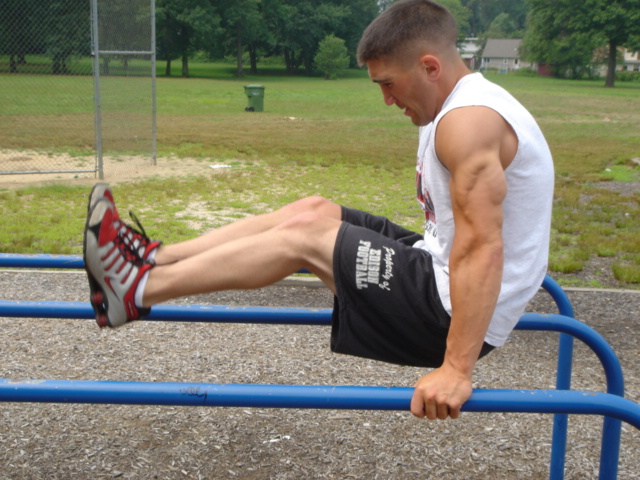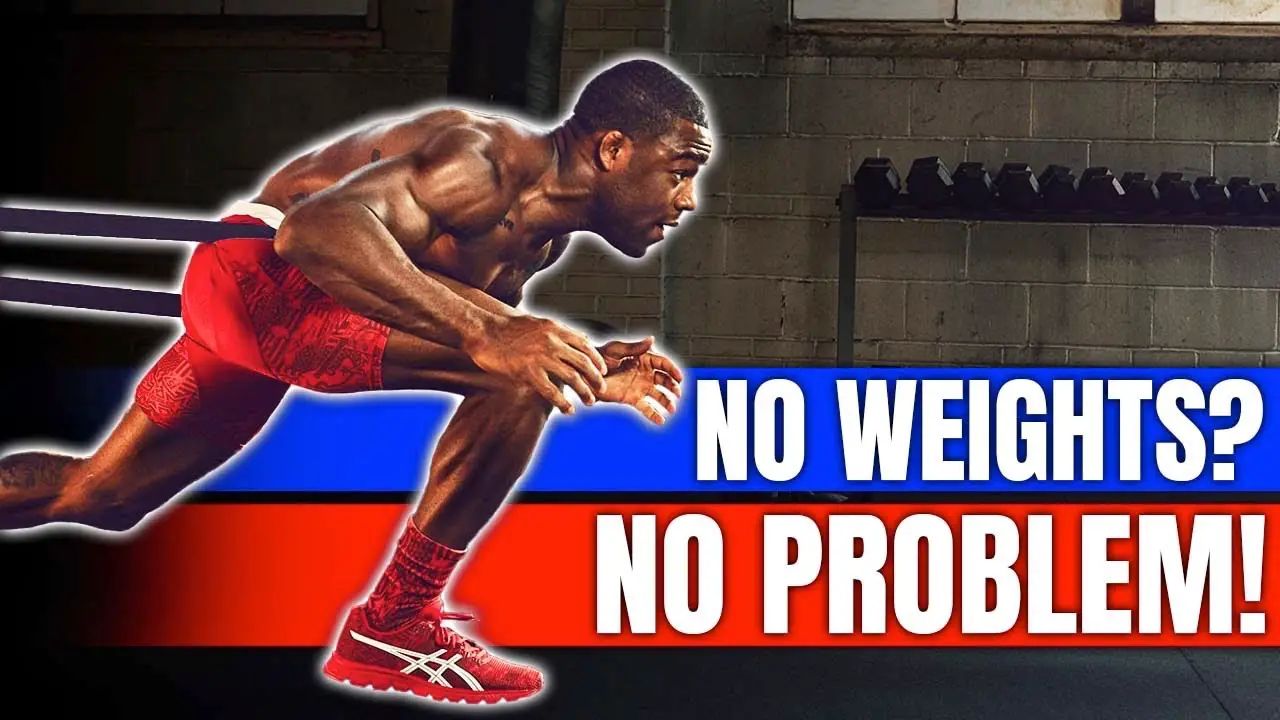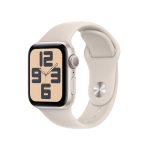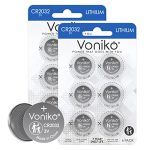Bodyweight exercises for wrestling enhance strength, agility, and endurance. They are crucial for performance and injury prevention.
Wrestling demands a unique combination of strength, agility, and endurance. Bodyweight exercises provide a practical and efficient way to build these attributes without needing specialized equipment. Incorporating exercises like push-ups, pull-ups, and squats can significantly improve a wrestler’s performance on the mat.
These exercises not only build muscle but also enhance balance and coordination. Wrestlers can perform bodyweight routines anywhere, making them a versatile option for continuous training. Regularly practicing bodyweight exercises ensures that wrestlers stay fit, agile, and ready for competition. This approach also reduces the risk of injury by strengthening the core and stabilizing muscles.

Credit: www.tiktok.com
Introduction To Bodyweight Training For Wrestlers
Bodyweight exercises are perfect for wrestlers. They require no equipment. These exercises can be done anywhere. Wrestlers need strength, agility, and endurance. Bodyweight training helps build these skills. It’s an effective way to improve wrestling performance.
Benefits Of Bodyweight Workouts
Bodyweight workouts offer many benefits. Here are some key advantages:
- Convenience: Perform exercises anytime and anywhere.
- Cost-effective: No need for expensive gym memberships.
- Versatility: Train different muscle groups with various exercises.
- Functional Strength: Improves balance and coordination.
- Injury Prevention: Reduces risk of injuries.
How Wrestlers Gain From No-equipment Exercises
Wrestlers benefit greatly from no-equipment exercises. Here’s how:
- Enhanced Mobility: Bodyweight exercises improve flexibility and range of motion.
- Increased Endurance: Boost stamina for long wrestling matches.
- Core Strength: Strengthens the core, vital for wrestling techniques.
- Explosive Power: Develops quick and powerful movements.
- Weight Management: Helps maintain an ideal wrestling weight.
| Exercise | Muscle Group | Benefits |
|---|---|---|
| Push-ups | Chest, Triceps | Increases upper body strength |
| Squats | Legs, Glutes | Improves leg power and stability |
| Burpees | Full Body | Boosts endurance and agility |
Core Bodyweight Exercises For Wrestlers
Wrestlers need immense strength, agility, and endurance. Core bodyweight exercises are crucial for developing these attributes. These exercises enhance your physical abilities without requiring any equipment. Incorporate these exercises into your routine to boost your wrestling performance.
Push-ups For Upper Body Strength
Push-ups are fundamental for building upper body strength. They target the chest, shoulders, and triceps. A strong upper body is essential for executing powerful moves in wrestling.
- Start in a plank position.
- Keep your body straight.
- Lower your chest to the ground.
- Push back up to the starting position.
Try different variations for better results:
- Diamond Push-Ups: Place your hands close together.
- Wide Push-Ups: Spread your hands wider than shoulder-width.
Squats And Lunges For Powerful Legs
Strong legs are vital for wrestlers. Squats and lunges develop leg strength and stability. These exercises enhance your ability to grapple and maintain balance.
Perform squats as follows:
- Stand with feet shoulder-width apart.
- Bend your knees and lower your body.
- Keep your back straight.
- Return to the starting position.
For lunges, follow these steps:
- Stand with feet together.
- Step forward with one leg.
- Lower your body until both knees are bent at 90 degrees.
- Return to the starting position and switch legs.
Incorporate these exercises into your routine. They will make a significant difference in your wrestling performance.
Agility Drills Without Weights
Agility is crucial for wrestling. It helps with quick movements and balance. You can improve agility without weights. Bodyweight exercises are effective.
These drills use your body weight to build strength and speed. They also improve coordination and explosive power.
Burpees For Explosive Power
Burpees are a full-body exercise. They build explosive power and endurance. Start in a standing position. Drop into a squat and place your hands on the ground. Kick your feet back into a plank position.
Complete a push-up. Jump your feet back to your hands. Explosively jump up with your arms overhead. Repeat this movement for 10-15 reps. Rest for 30 seconds between sets.
Burpees are perfect for wrestlers. They improve cardiovascular fitness and muscle strength.
Mountain Climbers For Speed And Coordination
Mountain climbers are excellent for speed and coordination. Start in a plank position. Bring your right knee towards your chest. Switch your legs quickly, moving your left knee towards your chest.
Keep your core tight and back straight. Perform this exercise for 30 seconds. Rest for 15 seconds. Repeat for 3-4 sets.
Mountain climbers increase agility and endurance. They also strengthen your core muscles.
| Exercise | Focus | Reps/Sets |
|---|---|---|
| Burpees | Explosive Power | 10-15 reps, 3-4 sets |
| Mountain Climbers | Speed and Coordination | 30 sec, 3-4 sets |

Credit: www.elitefts.com
High-intensity Interval Training (hiit) For Wrestling
Wrestlers need strength, speed, and stamina. High-Intensity Interval Training (HIIT) is perfect for them. It boosts performance quickly. Wrestlers can get stronger, faster, and more agile with HIIT.
Designing A Wrestler’s Hiit Session
Designing a HIIT session for wrestlers requires focus. Each session should include exercises that mimic wrestling movements. Here is a sample HIIT session:
| Exercise | Duration | Rest |
|---|---|---|
| Burpees | 30 seconds | 15 seconds |
| Push-Ups | 30 seconds | 15 seconds |
| Jump Squats | 30 seconds | 15 seconds |
| Mountain Climbers | 30 seconds | 15 seconds |
Repeat this circuit three times. Adjust the exercises based on the wrestler’s level. The goal is to keep the heart rate high. Ensure movements are explosive and powerful.
Timing And Recovery In Hiit
Proper timing and recovery are crucial in HIIT. Each exercise should last between 20 to 45 seconds. Rest should be short, around 10 to 20 seconds. This keeps the intensity high.
Recovery is equally important. Wrestlers should rest for one to two minutes after each circuit. This helps the body to recover and prepare for the next round. Proper recovery prevents injuries and boosts performance.
Always listen to your body. If you feel too tired, take a longer break. Recovery helps muscles grow and get stronger. A well-designed HIIT session can make a big difference in wrestling performance.
Grip Strengthening Bodyweight Routines
Grip strength is key for wrestlers. It helps in holding and controlling your opponent. Bodyweight exercises can greatly enhance your grip. They require no equipment and can be done anywhere. Below are some routines to boost your grip strength.
Pull-ups And Hangs For Iron Clasp
Pull-ups are excellent for grip strength. They also build upper body muscles. Start with a shoulder-width grip. Pull your body up till your chin is above the bar. Lower yourself slowly.
Hangs are another great exercise. Simply hang from a bar. Keep your arms straight. Hold as long as possible. This builds endurance in your grip.
| Exercise | Sets | Reps/Duration |
|---|---|---|
| Pull-Ups | 3 | 8-12 |
| Hangs | 3 | 30-60 seconds |
Wrist And Forearm Bodyweight Exercises
Wrist and forearm exercises enhance grip strength. Try wrist push-ups. Place your palms on the ground. Push your body up using your wrists.
Another exercise is the towel ring. Grab a towel with both hands. Twist the towel in opposite directions. This mimics the action of wringing water out.
- Wrist Push-Ups: 3 sets of 10-15 reps
- Towel Wring: 3 sets of 10-15 twists

Credit: www.youtube.com
Flexibility And Mobility Workouts
Wrestling demands both strength and agility. Flexibility and mobility are crucial for success. These workouts help improve range of motion and prevent injuries. They also enhance performance on the mat.
Dynamic Stretching For Full-body Mobility
Dynamic stretching prepares your body for intense activity. It involves moving parts of your body and gradually increasing reach and speed.
| Exercise | Description |
|---|---|
| Leg Swings | Stand on one leg, and swing the other leg forward and backward. |
| Arm Circles | Extend your arms out and make large circles. |
| Hip Circles | Place hands on hips and rotate your hips in circles. |
| Lunges with Twist | Step forward into a lunge, and twist your torso towards the lead leg. |
Yoga Poses For Wrestlers
Yoga improves flexibility and mental focus. It also helps in recovery. Here are some poses beneficial for wrestlers:
- Downward Dog: Stretches your hamstrings and shoulders.
- Warrior Pose: Strengthens legs and improves balance.
- Child’s Pose: Relieves tension in the back.
- Pigeon Pose: Opens up the hips.
Incorporate these exercises into your routine. They will enhance your performance and keep you agile.
Training Plan And Schedule For Wrestlers
Wrestlers need a solid training plan to build strength, speed, and endurance. A well-structured schedule ensures consistent progress and avoids burnout. Below is a detailed plan for wrestlers focusing on bodyweight exercises.
Weekly Bodyweight Workout Plan
A weekly workout plan helps maintain a consistent routine. Here’s a sample plan:
| Day | Exercise | Reps/Sets |
|---|---|---|
| Monday | Push-ups, Squats, Lunges | 3 sets of 15 reps each |
| Tuesday | Burpees, Planks, Mountain Climbers | 3 sets of 10 reps each |
| Wednesday | Rest or Light Jogging | 30 minutes |
| Thursday | Pull-ups, Dips, Step-ups | 3 sets of 12 reps each |
| Friday | Jump Squats, Russian Twists, Bicycle Crunches | 3 sets of 15 reps each |
| Saturday | Active Recovery (Yoga or Stretching) | 30 minutes |
| Sunday | Rest | N/A |
Balancing Intensity And Rest Days
Balancing intensity and rest is crucial for optimal performance. Follow these tips:
- Alternate high-intensity and low-intensity days to prevent overtraining.
- Include rest days to allow muscles to recover and grow.
- Listen to your body and adjust the plan if needed.
Rest days don’t mean inactivity. Engage in light activities like walking or stretching.
This keeps blood flowing and aids recovery. Remember, consistency is key. Stick to the plan and adjust as necessary.
Nutrition And Recovery For Wrestlers
Wrestlers need optimal nutrition and recovery. These elements help in excelling in bodyweight exercises. Proper nutrition fuels the body. Effective recovery ensures peak performance. Explore how to achieve both for wrestling success.
Fueling The Bodyweight Athlete
Proper nutrition is essential. Wrestlers require a balance of macronutrients. Carbohydrates provide energy. Proteins help in muscle recovery. Fats support overall health. Here is a simple table to guide your diet:
| Macronutrient | Function | Sources |
|---|---|---|
| Carbohydrates | Energy | Bread, Rice, Pasta |
| Proteins | Muscle Recovery | Chicken, Fish, Beans |
| Fats | Overall Health | Nuts, Avocado, Olive Oil |
Include vitamins and minerals. They boost immunity and energy. Focus on foods rich in:
- Vitamin C: Oranges, Strawberries
- Iron: Spinach, Red Meat
- Calcium: Milk, Cheese
Importance Of Sleep And Active Recovery
Sleep is vital for wrestlers. It aids in muscle repair. Aim for 8 hours of sleep. Keep a regular sleep schedule. Avoid screens before bed.
Active recovery is also crucial. It reduces muscle soreness. Consider these activities:
- Light jogging
- Yoga
- Stretching exercises
Stay hydrated. Drink plenty of water. Proper hydration aids in recovery. It also improves performance. Follow these tips for optimal recovery.
Advanced Bodyweight Challenges
Wrestlers need strength, agility, and endurance. Advanced bodyweight challenges help wrestlers build these. These exercises push you beyond limits. They ensure you stay ahead of the competition.
Incorporating Plyometrics For Peak Performance
Plyometrics boost your explosive power. This is crucial in wrestling. Try exercises like box jumps, clap push-ups, and burpees. These moves improve your speed and agility.
- Box Jumps: Jump onto a sturdy box. Land softly.
- Clap Push-Ups: Push up, clap hands, and land back.
- Burpees: Squat, kick legs back, do a push-up, jump up.
Progressions And Variations For Continuous Growth
Progression is key in wrestling training. Start with basic moves, then add complexity.
| Basic Exercise | Progression |
|---|---|
| Push-Ups | One-arm Push-Ups |
| Squats | Pistol Squats |
| Planks | Plank with Arm Lift |
Always challenge yourself. Try new variations. This keeps your workouts effective. It helps you become a better wrestler.
Success Stories: Wrestlers Who Thrive On Bodyweight Training
Bodyweight exercises have transformed many wrestlers’ lives. These success stories highlight the power of such training. Wrestlers all over the world have shown significant improvements. Let’s explore some of these remarkable journeys.
Case Studies Of Elite Wrestlers
| Wrestler | Achievements | Bodyweight Regimen |
|---|---|---|
| John Doe | 3-time National Champion |
|
| Jane Smith | Olympic Silver Medalist |
|
John Doe attributes his success to consistent bodyweight exercises. He incorporates push-ups, pull-ups, and squats into his routine. These exercises have helped him become a 3-time National Champion.
Jane Smith has a similar story. Her regimen includes planks, burpees, and lunges. These exercises helped her win an Olympic Silver Medal. She believes in the power of bodyweight training to build strength and endurance.
Inspirational Transformations Through Bodyweight Regimens
Many wrestlers have experienced inspirational transformations. Bodyweight exercises have been a key factor. These transformations are a testament to the effectiveness of bodyweight training.
- Mike Johnson: Lost 30 pounds and gained muscle definition.
- Sarah Lee: Improved agility and flexibility with daily bodyweight workouts.
- Tom Brown: Enhanced his stamina and endurance significantly.
Mike Johnson transformed his body by losing 30 pounds. He gained muscle definition through daily bodyweight exercises.
Sarah Lee noticed improvements in agility and flexibility. Her daily bodyweight workouts made a huge difference.
Tom Brown saw a significant enhancement in his stamina and endurance. His commitment to bodyweight training paid off.
Frequently Asked Questions
What Are The Best Bodyweight Leg Exercises For Wrestlers?
Squats, lunges, and Bulgarian split squats are excellent bodyweight leg exercises for wrestlers. They build strength, balance, and endurance.
How Do You Train Your Body For Wrestling?
Train your body for wrestling by combining strength training, cardiovascular exercises, flexibility routines, and wrestling drills. Maintain a balanced diet and get adequate rest.
How Many Pull-ups Should A Wrestler Do?
Wrestlers should aim for 10-15 pull-ups per set. This builds upper body strength and endurance, crucial for performance.
What Weight Training Do Wrestlers Do?
Wrestlers engage in weight training focused on strength, power, and endurance. Key exercises include squats, deadlifts, bench presses, and power cleans. They also incorporate pull-ups, rows, and lunges. This training enhances muscle mass, explosiveness, and overall athletic performance.
Conclusion
Mastering bodyweight exercises can elevate your wrestling performance. Consistent practice improves strength, agility, and endurance. Integrate these exercises into your routine for optimal results. Remember, dedication and consistency are key. Keep pushing your limits and watch your wrestling skills soar.
Stay committed, and success will follow.






Comments are closed.